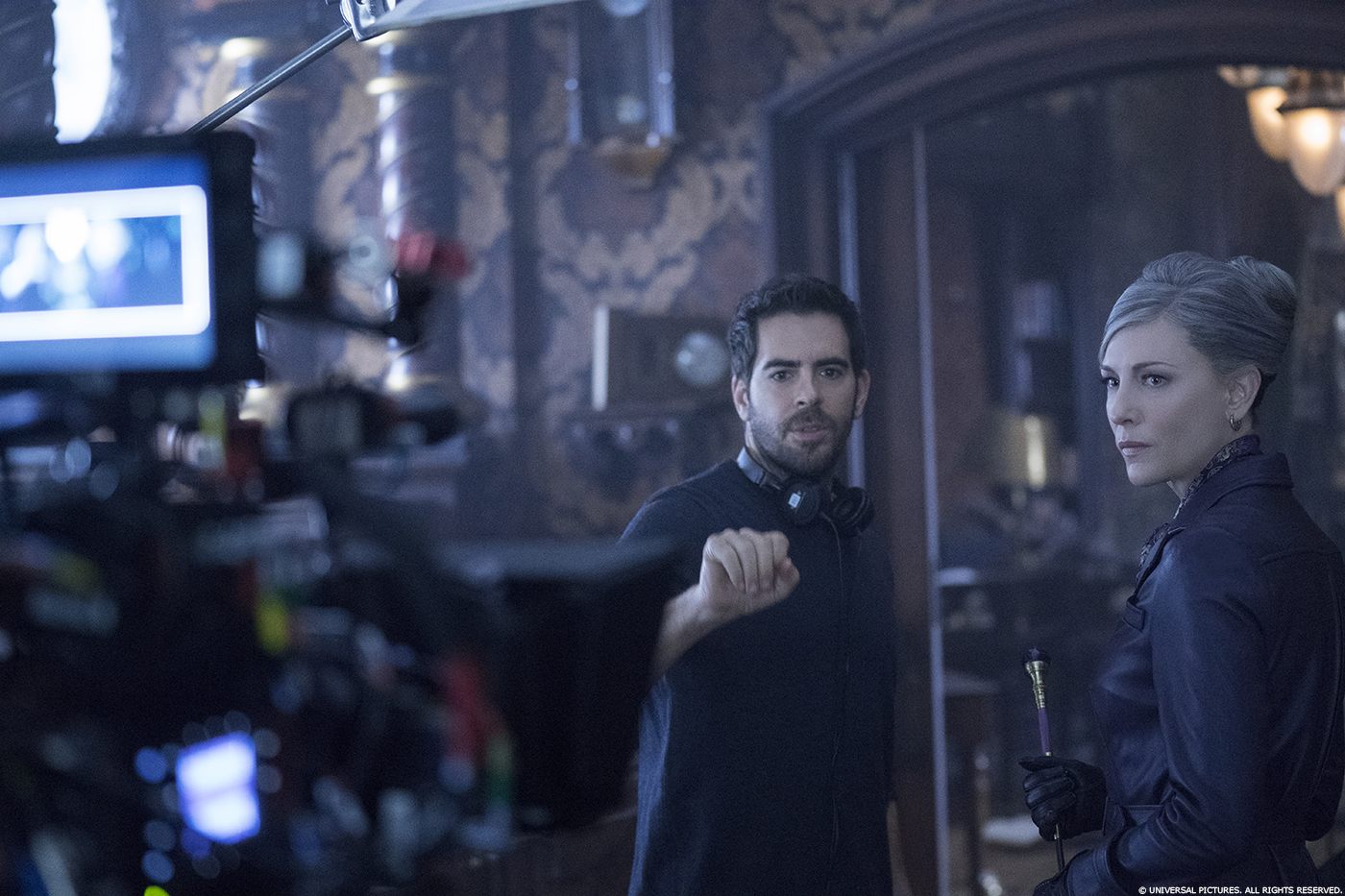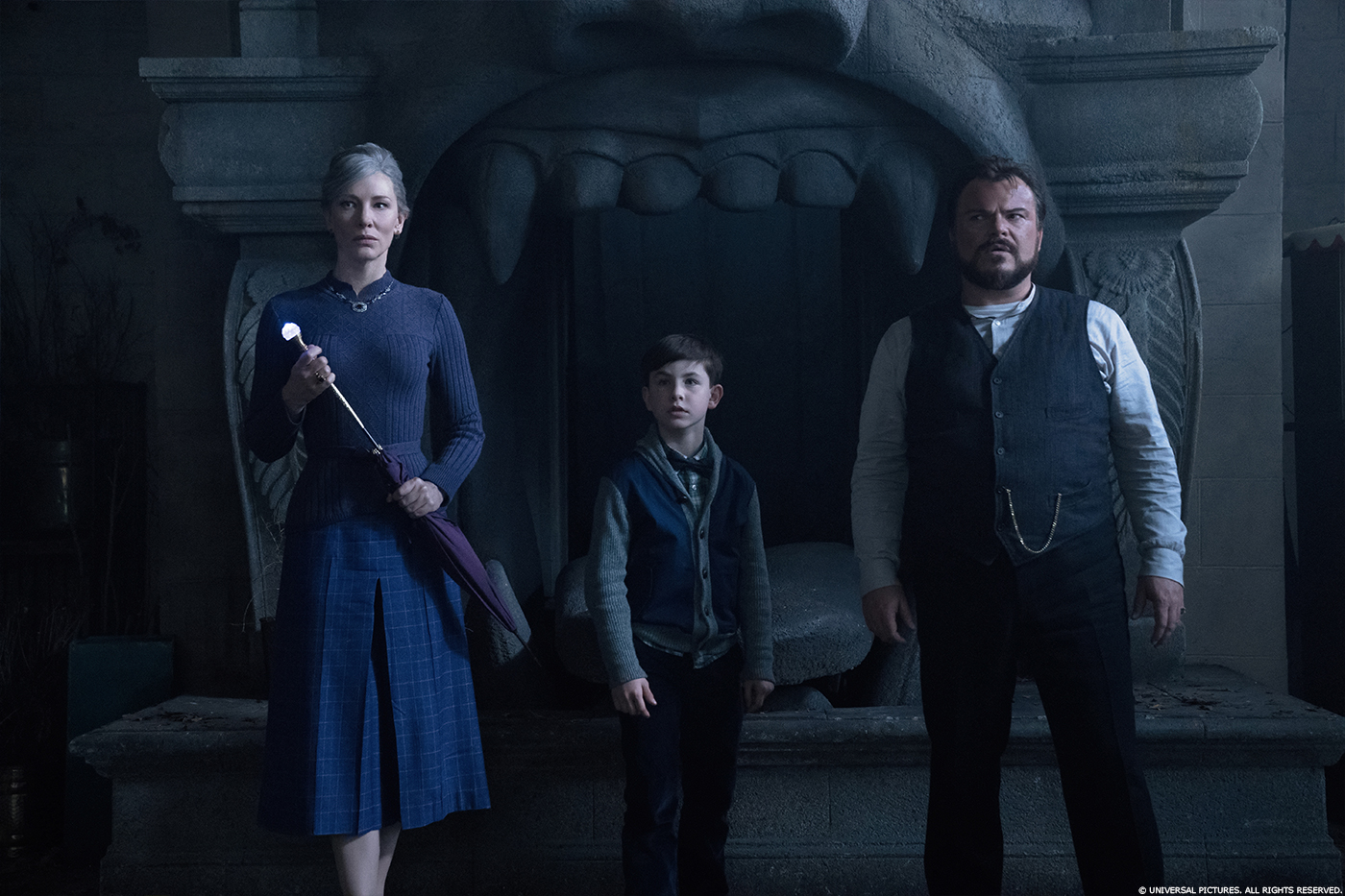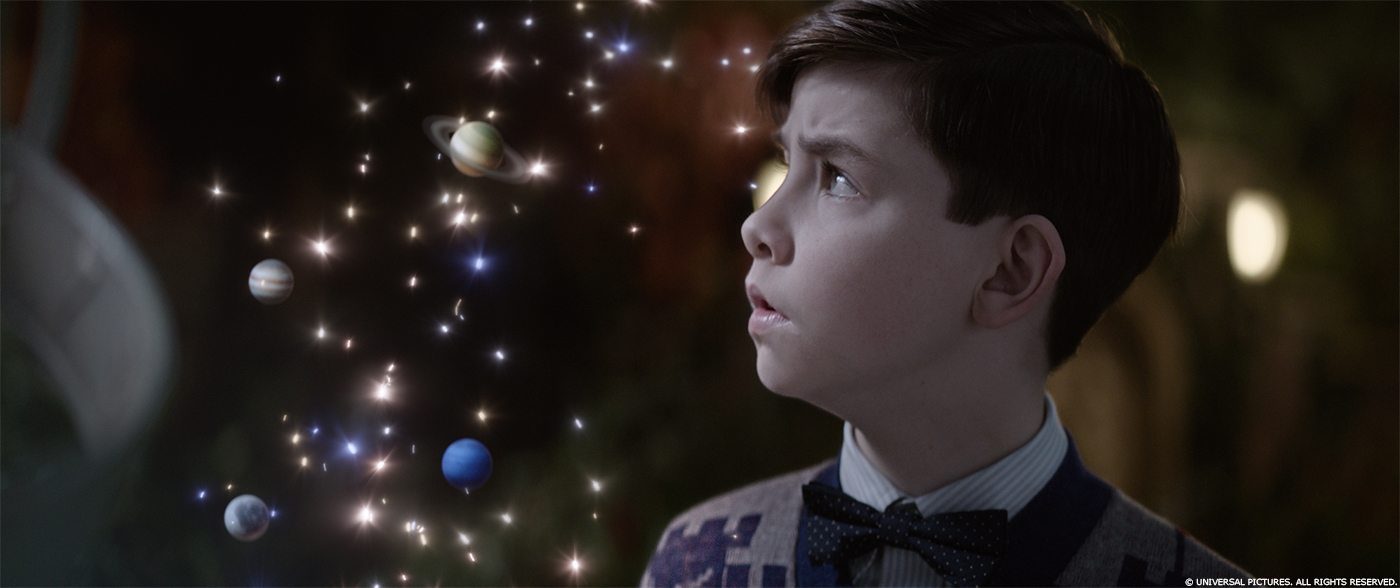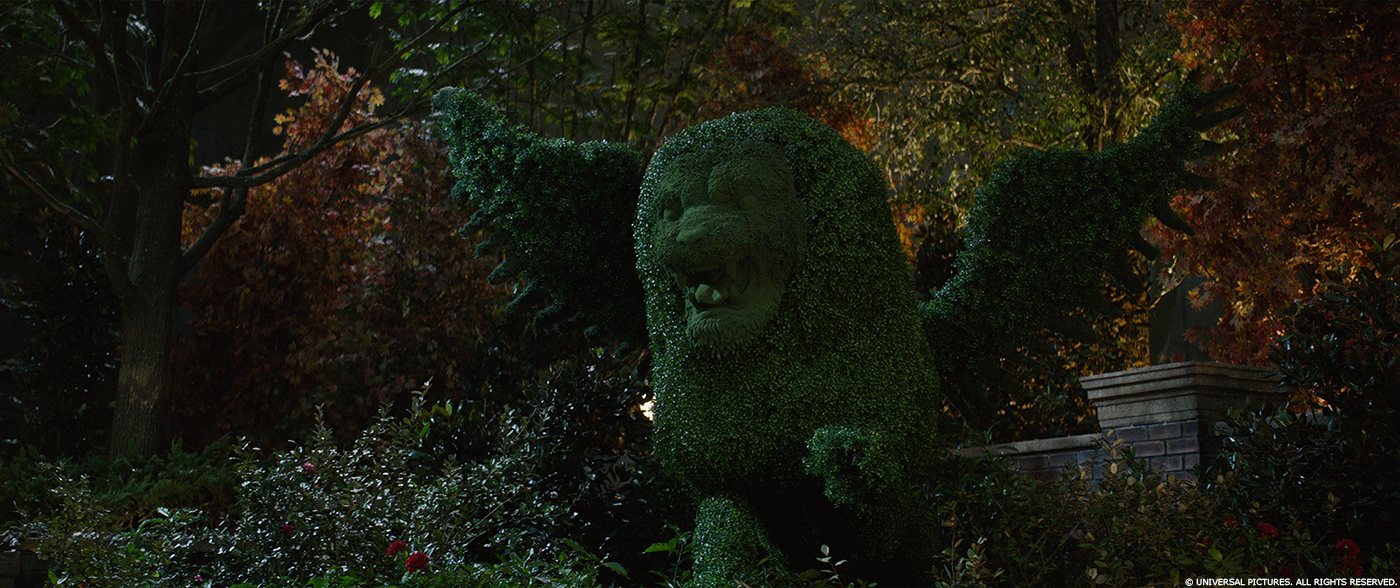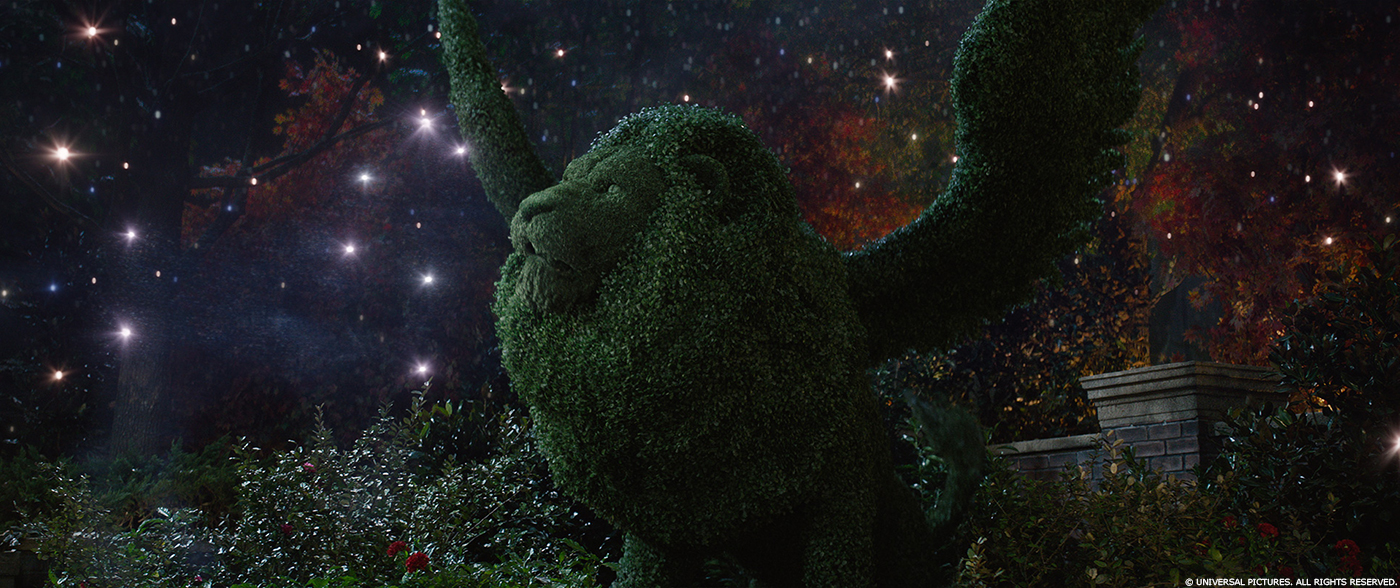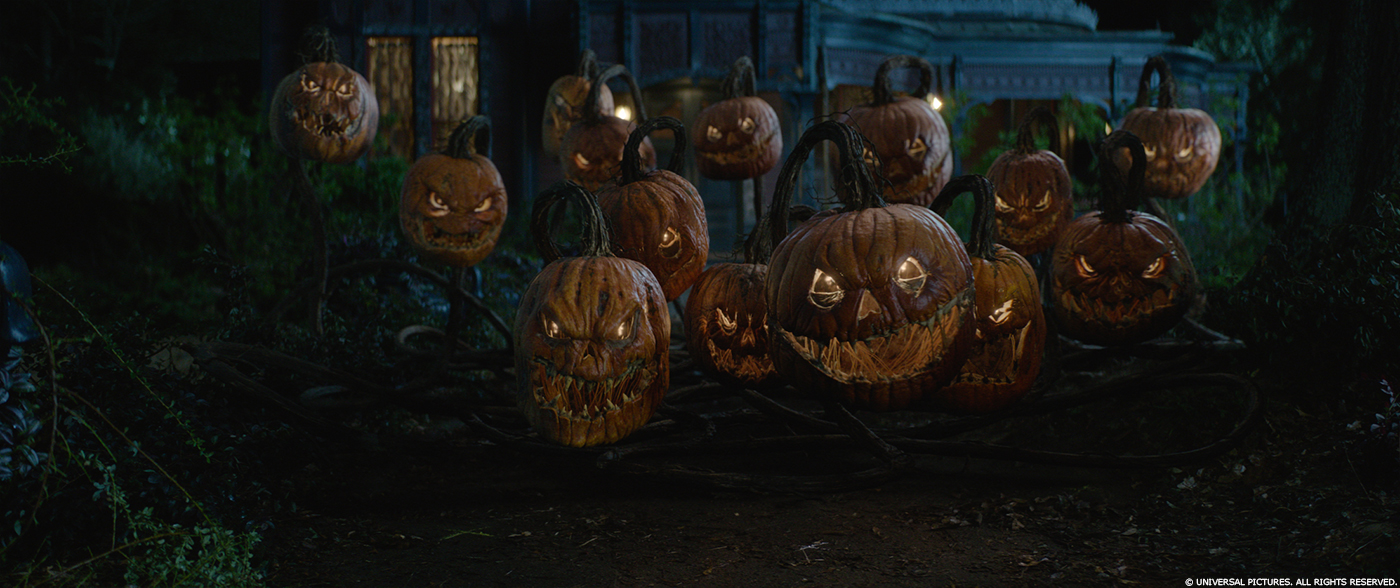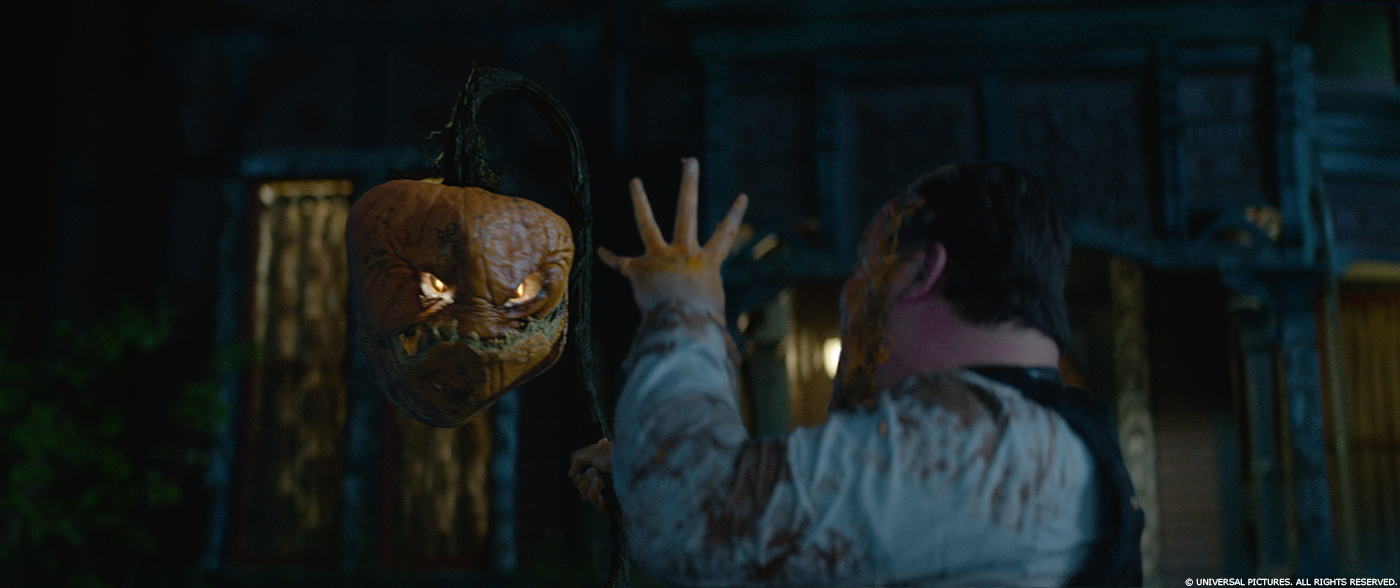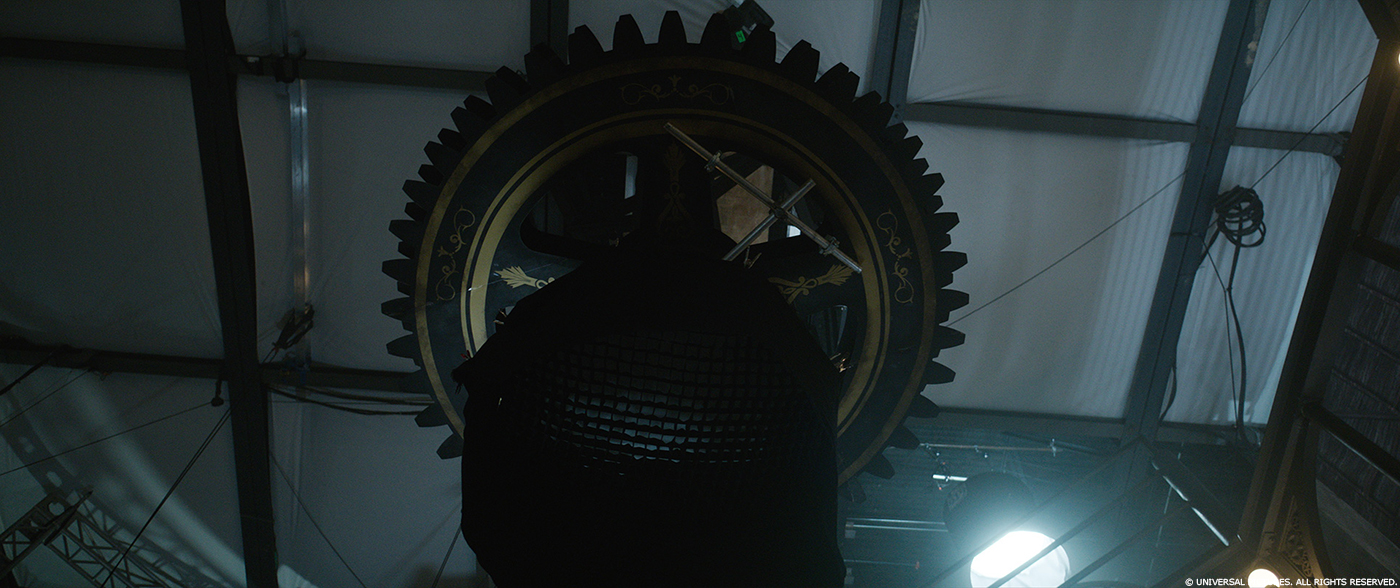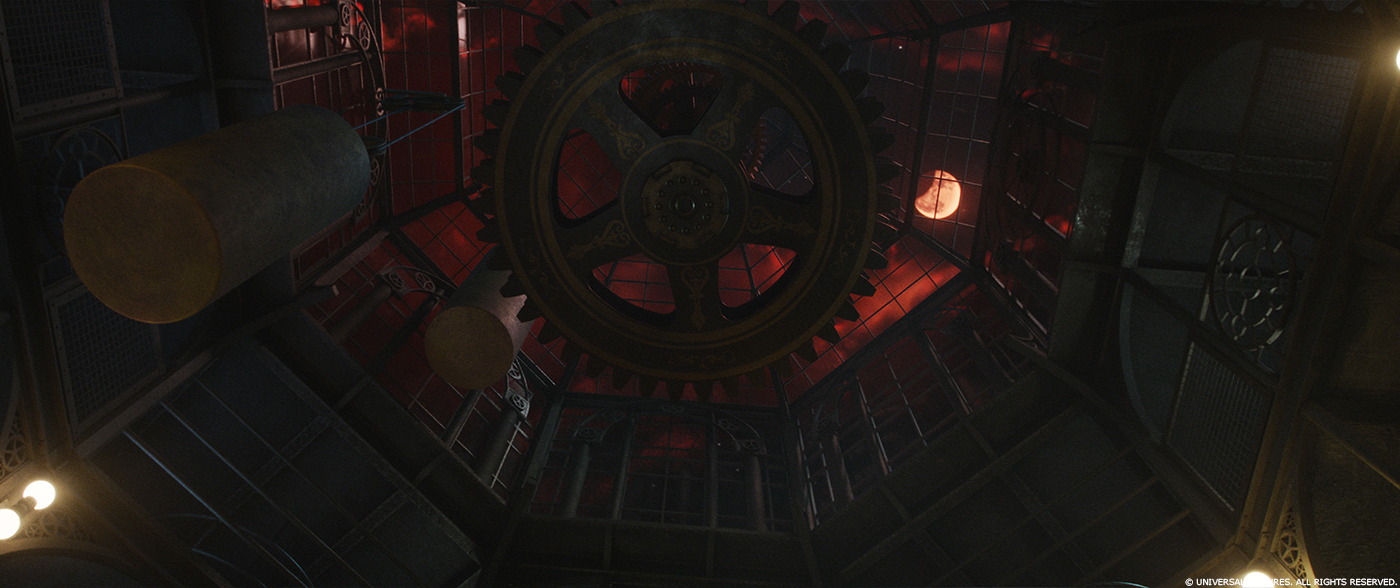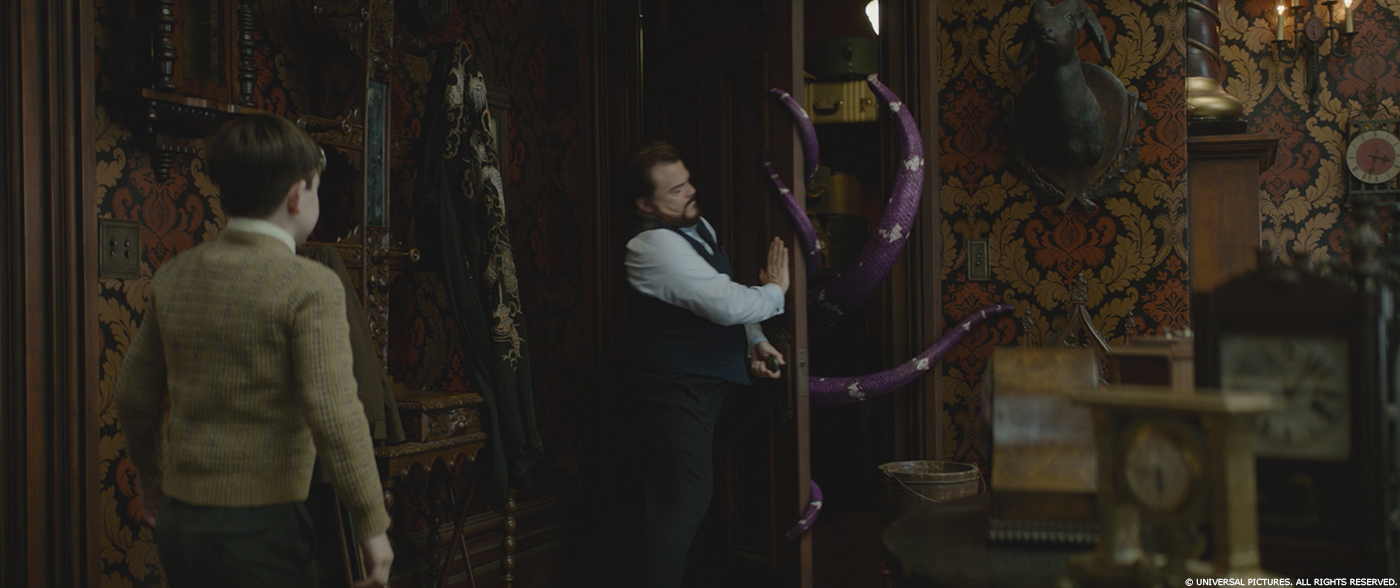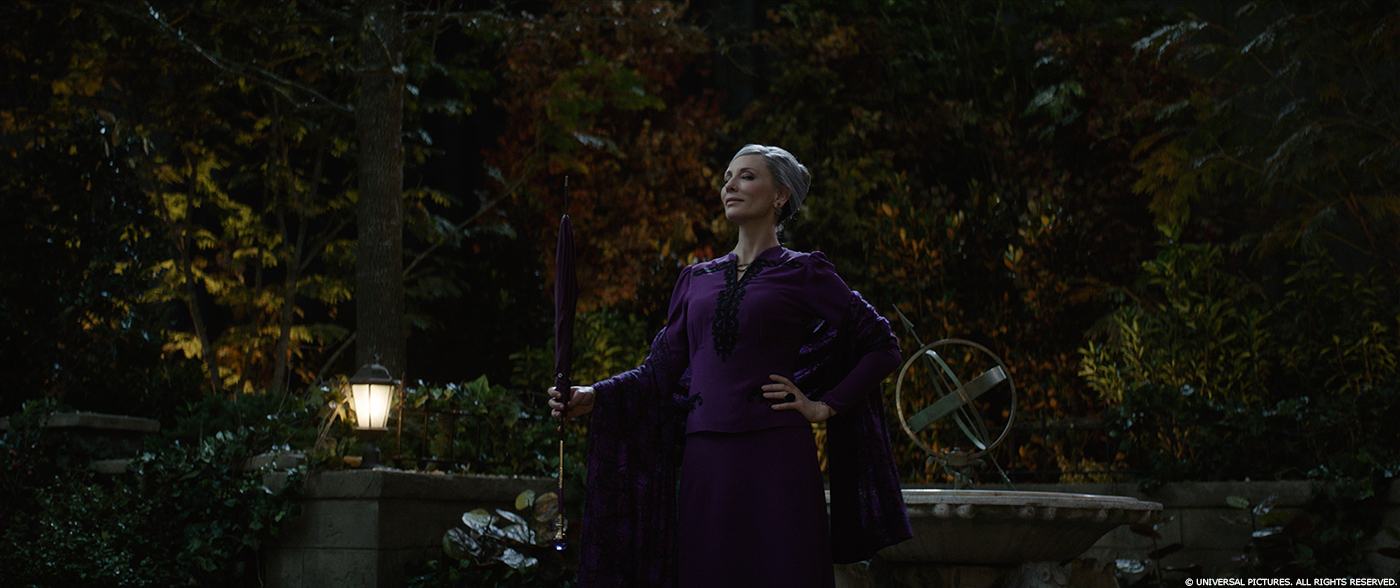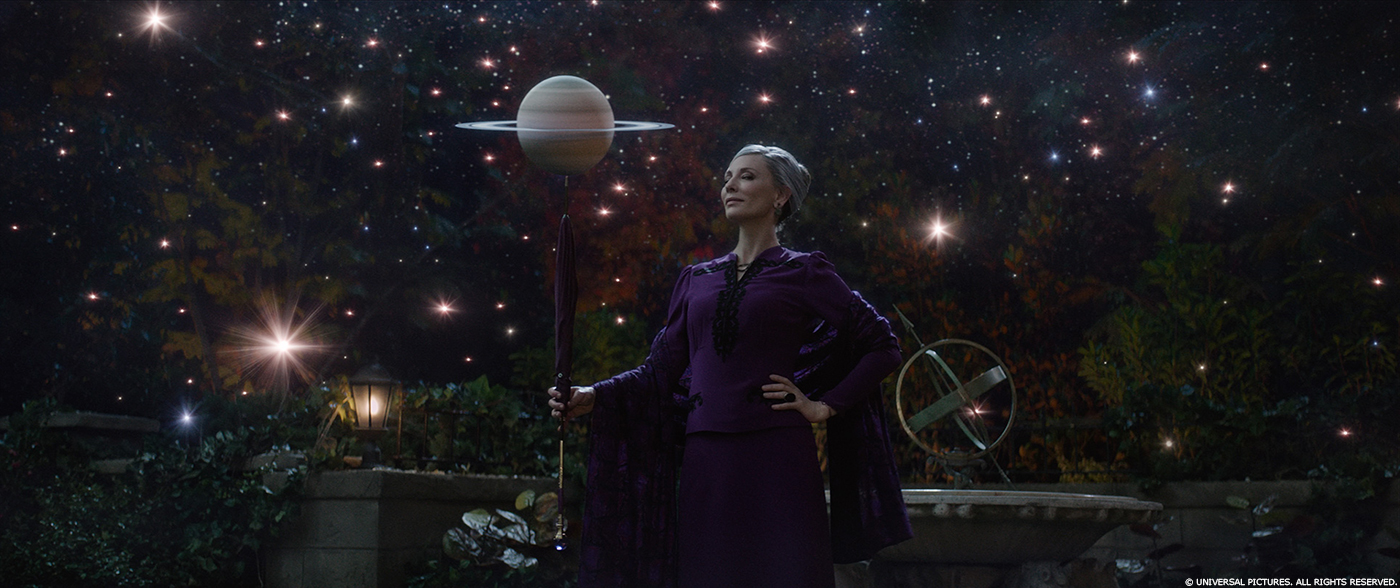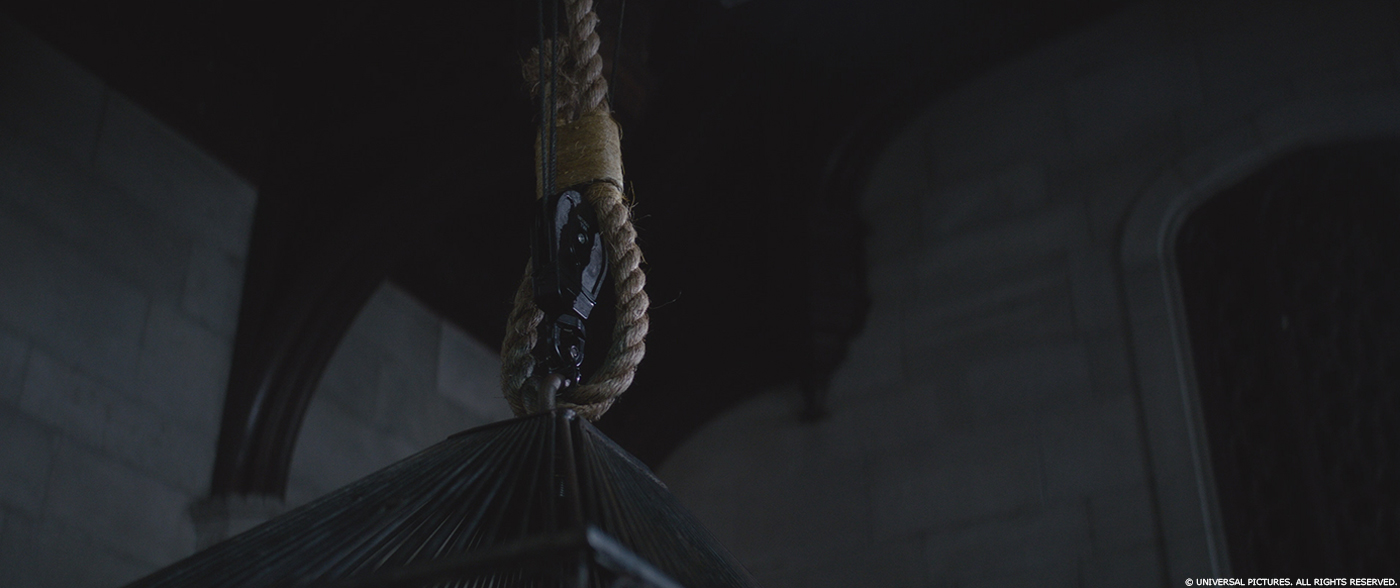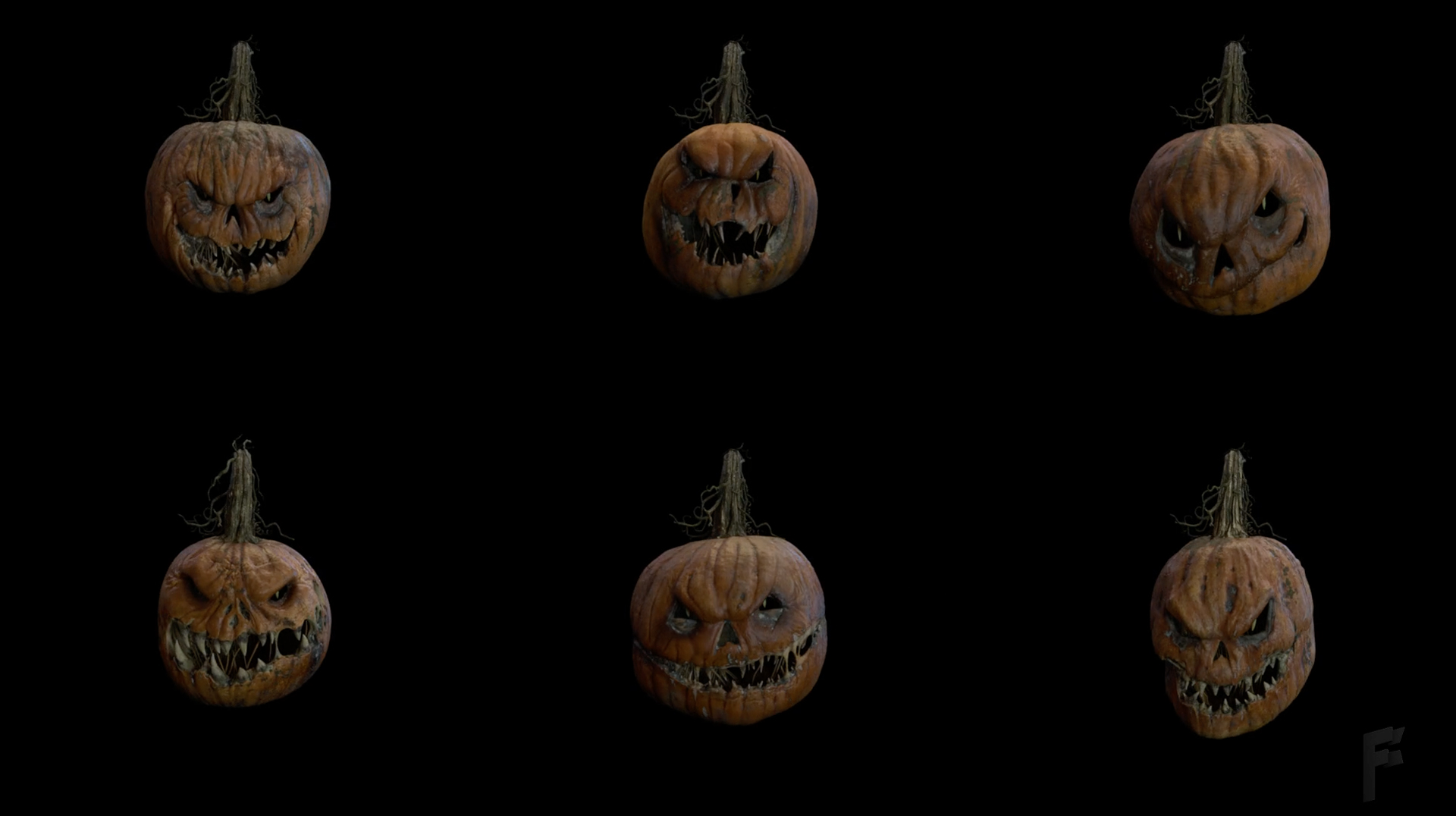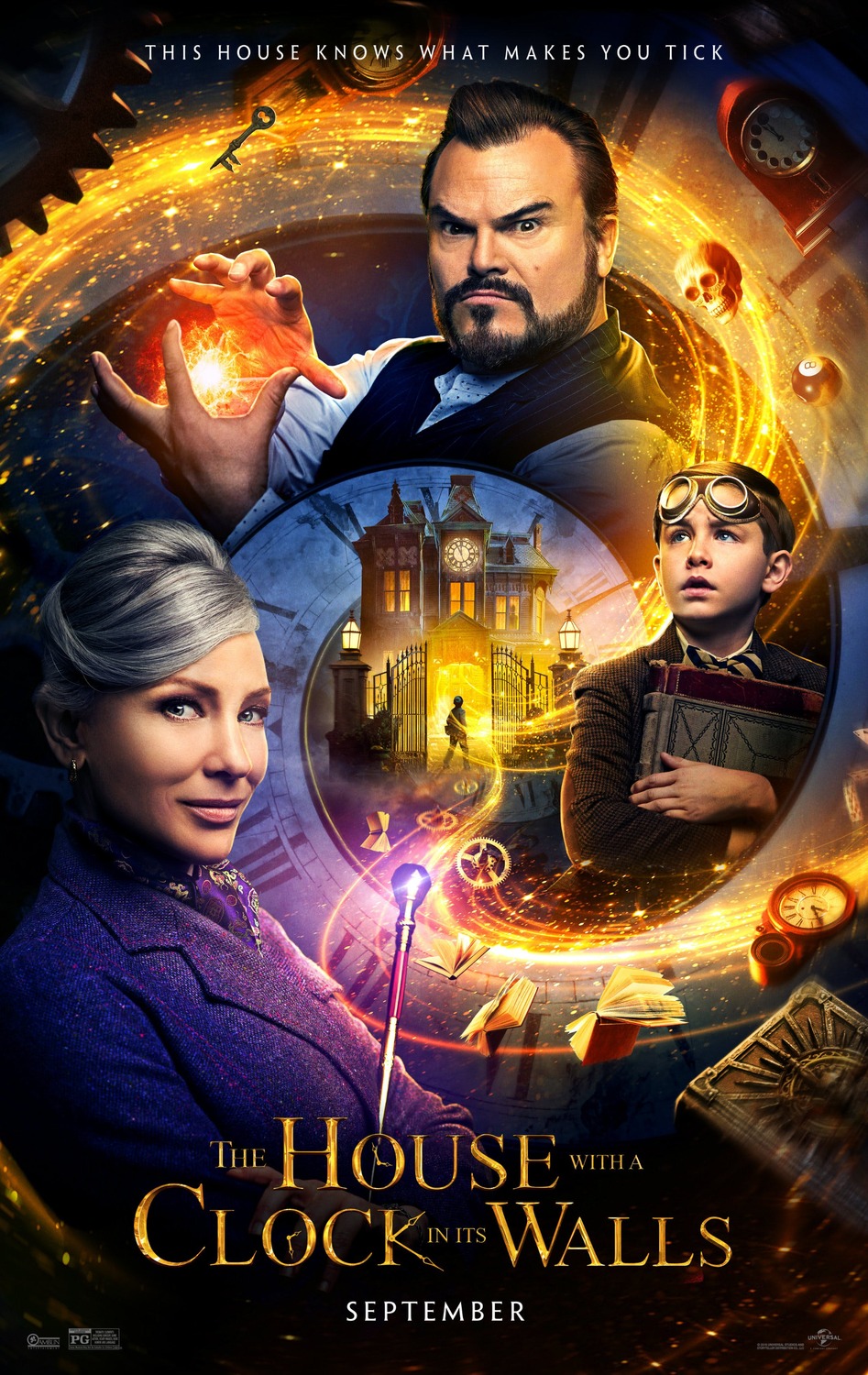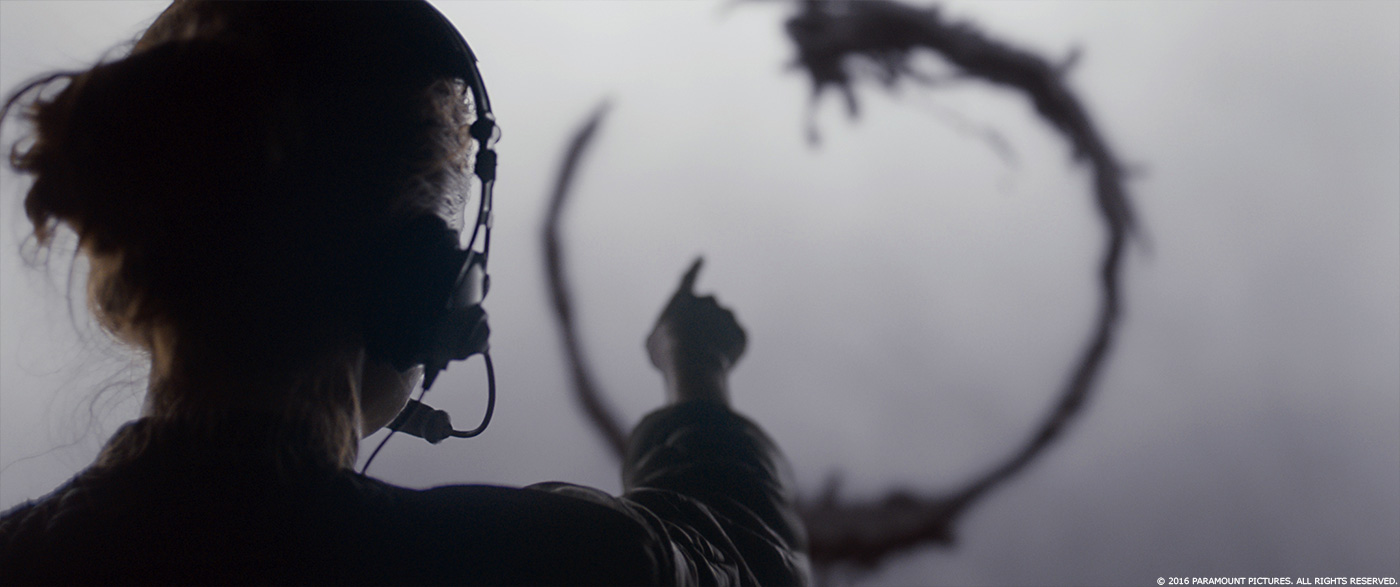Louis Morin explained his work on ARRIVAL in 2016. He then took care of the effects of WONDERSTRUCK. He talks to us today about his work on THE HOUSE WITH A CLOCK IN ITS WALLS.
How did you get involved on this show?
When I finished WONDERSTRUCK I was developing THE AERONAUTS for Amazon, the film has been postponed to this year. So I was on the look out for a project ready to go in September 2017. I read many scripts and THE HOUSE WITH A CLOCK IN ITS WALLS came from Holly my WME agent. I love the story it was emotionally engaging and thought it would be cool to work on a Amblin family movie.
How was the collaboration with director Eli Roth?
Eli is a true gentleman and brought to the table is “horror film” expertise to the table with the idea of doing a lot with practical FX. This being said, very quickly he has embraced the VFX workflow methodology. We worked closely together with Rogier Stoffers our DOP to design the shots and visual approach. Jon Hutman had also a strong imprint on the design of the movie. This movie was a great opportunity for me, I’ve been wanting to develop for a long time a visual FX approach embracing older technology and way of doing FX. For this I resorted to all dept to participate in developing a vintage style of FX. Eli embraced this practical look as we bought new that a great deal would end up full CG.
What was his expectations and approaches about the visual effects?
The VFX were omnipresent in the movie but story as always prevailed so we had to visually support the story. That’s something I really like to do, especially when we have animated characters, I like to help create characters,world and universe that sustains and help tell the story. The idea of doing VFX “vintage photoreal” was also a fun challenge trying to find that fine line of practical and CG.
How did you organize the work between you two and with your VFX Producer?
I’ve been working with Annie Godin, my VFX producer for so many years! Our workflow has this imbeded synchronicity, this being said we always improve it from one show to other. I usually like to split the work based on the specialty of the VFX houses. We have developed relationships with many companies over the years and but we are always looking out for new talents. On this project we had Rodeo FX, Hybride, Folks VFX, Alchemy 24 and Mavericks. A lot of vendors, lots of cineSyncs sessions and a lot of data to manage. Thanks to our incredible VFX team Vicky Daneau, Yentle Ansay and Jason Tremblay
Can you tell us more about the previz and postviz work?
I came in late on the show, just 6 weeks prep and we had to move fast. We had many constraints; actors availability, moving production last minute to Atlanta etc. One of the highest constraint we had was one was to start the shoot with two big VFX scenes. We shot them at the same time, literally playing ping pong from one set to the other.
We had a team on the Isaac’s secret room and B team on the Automaton sequence all this the very first week of shooting. What saved us from this insane task was previs. While Eli was shooting the Secret Room Isaac’s haven, I was lining up the shots based on our animation sequence. He would come to shoot and move to the other set, it worked really well and I think after that Eli and I were fused for the rest of the movie!
The movie is full of various magical effects. Did you received specific references about that?
Cate had the best quote. She’s like, “Your movie is a mixture: the lunacy and fun of GREMLINS, the heart of E.T., the beauty of BARRY LYNDON. And then it goes into Virginia Woolf at some point.”
Eli said; Well, you know, Steven said to me, “Make it scary.” He said, “Kids want to be scared. You gotta make it scary.” Sebastian’s lab in BLADE RUNNER was a huge influence on this. Terry Gilliam’s BRAZIL. The clown dream in PEE-WEE’S BIG ADVENTURE — there are shades of that. Tim Burton, you can feel that influence.
Can you explain in detail about the design and creation of the various magical effects?
When I work on the project, I like to pretend I don’t use references, I want to explore what comes to mind first and then will research based on this. Working with Michel Gondry in the past, has influenced how to approach visual FX, my trick is to play with ideas and its opposite and very often the ideas comes from the mixture of both.
The house is guarded by a “vegetal” lion. Can you explain in detail about his creation?
We found references of topiary animals and a lion in particular, Jon Hutman had one built made of plastic leaves and was used as a reference.This is the most complex CG creature on the show and was the late one to come to the final stage.
Can you tell us more about his rigging and animation?
Here’s some notes of Alexandre Lafortune,VFX sup at Rodeo; We had to recreate it for animation purpose,we decided to refined his shape and have it look more Lion based proportion. As real Topiary art, Our Griffin had is under vegetation silhouette sculpted thinner as the main shape had to be generated from FX on it to get is final volume. Small leafs and twigs were modeled/textured/shaded and propagated over that based shape to get the final look. Few iterations were done in FX to actually nail that shape relation between the core shape and the outer generated final shape. Final proposed look/shading was closer to actual leafs than plastic prop reference that we got from the full size Asset . Full simulation was applied on the leafs and twigs to get secondary motion out of the animation driven by a nice skin rigging on our thinner body envelop. Those secondary FX simulation were mostly needed when our Griffin add some fast paste action.
Another creatures comes to live with the pumpkins. How did you create them?
This sequence came in late in the prep, and production wanted to achieve it mostly live. Then we got a note from Steven Spielberg mentioning that the pumpkin should move, possibly having small legs. That was impossible to achieve live! Based on this note I looked at pumpkins and decided to augment digitally nature, pumpkins have long vines and I thought the vines could be animated to raise them up and also have them move like snakes. That’s what made the cut and to that Eli had the spitting goo and also crystalizing goo restraining the actors. Adrien Morot designed the foot sticking goo, Russell Tyrell special FX sup work on real spitting goo form the original live pumpkins. For VFX long arduous job with several steps basically redoing almost everything in CG; from the designing of the pumpkins characters, creating the animation style making it work with the actors interactions. Folks FX work countless hours on this sequence; adjusting the lighting matching the plates, designing the elastic goo in their mouth, lighting the interiro to make it look like Jack’o Lanterns. Up to the way they explode we had great explosion references to work for designing the simulations. We also had to work on sims for the spitting goo as well so at the end it becomes a credible scene where no live pumpkins remained from the original shoot.
One of the vilains reveals his identity with a transformation. How did you design and create this effect?
Tremendous amount of work, I asked Eli if we could have characters relatively the same size and height. The answer was NO. So we freely shot Mrs Hanchett & Selena characters against Green Screen and then developed a multitude of CG transformations, CG clothes, CG body and faces of characters, these shots were certainly amongst the most difficult to achieve in this film . I worked closely with Hybride sups. We were constantly fighting against the CG look reusing/ projecting live plates to keep some life into the face of characters. Motion blur was part of the concept and was our friend to cover some of the most intricate parts but we had to be clever and created a choreography to find a flow of continuous steps to go from one character to the other. We also had a fun transition from Mrs” Hanchet dog to our photreal CG rat. Hybride were on top of those shots it was a truly collaborative workflow with VFX sups Joseph Kasperian and Francois Lambert and CG sup Mathieu Boucher.
Can you explain in detail about your work on the main vilain?
Most of the work were done in Special FX make up great work from Stefane Dupuis and Adrien Morot it was barely retouched. But we had to create Isaac’s hand based on the mummified look to an actual living dead hand. Working a rapid transition with CG skin CG muscles, adding worms out all this under the close eyes of Eli our master of horror! We also added bugs coming out of its ears to make him even more scarier and more disgusting.
During the final sequence, Jack Black gets a baby body. How did you create this effect?
We had planned to shoot with a Motion Control to reverse engineer the shots with an animatronic baby done by Adrien Morot. For schedule and budget reasons we opted to enhance the animatronic and keep its look throughout the end clock sequence. We have only 2 full CG baby shots in the film, this being said we changed the body to all animatronics shots in order to have a more fluid animation and enhanced the facial reactions when needed.
The final sequence takes place in a massive moving environment. How did you approach this sequence?
Jon Hutman wanted to design a set all in camera, the set had enormous moving parts thanks to Russell Tyrell spfx that design the machinery to work live on set. All this had to be augmented by VFX. So we added depth with full CG gears below, enhanced some part of the set and extended the top floors. We also had a full CG crumbling floor and added electricity FX throughout the sequence.
Can you tell us how you choose the various VFX vendors?
I always choose the vendor based on their talent and expertise, I also sometimes give a vendor the opportunity to achieve new challenges based on a good experience from the past.
How did you split the work amongst these vendors?
Rodeo had many animated sequences, I’ve worked for so many years with Alexandre Lafortune that it felt a sure bet he would come through those complex sequences; Automatons, Book flying, Griffin, Constellation sequence and the end sequence with Baby Jonathan.
Hybride had also many complex scenes all the character transformations, the city rejuvenating lightning zap sequence, the CG rat the whole Secret Room sequence, the stained glass window and WW2 sequence.
Folks were eager to work on the pumpkin sequence which turned out to be a colossal endeavor.
Alchemy handled several beauty shots and several magical tricks. Maverick handled the LZ boy and Isaac’s living dead.
Can you tell us more about your collaboration with their VFX supervisors?
As always I like to work in a collaborative fashion, based on the director’s vision, we develop together the approach, the look of the VFX and follow with them the progress,I pushing them to hit the sweet spot, where we know we have the right look. As always all our VFX vendors are motivated and wanting to push the enveloppe to get the best result possible, regardless of the constraint of time and budget we had on this film.
The vendors are all around the world. How did you proceed to follow their work?
Vendors were all from MTL except for Maverick based in Toronto. To manage a multi-vendor show you need top notch coordination and my crew was spot on. Our workflow is Shotgun based, coordinated with all vendors tha submit playlists received on a daily basis with their notes addressed then we use cineSyncs to discuss the shots and all this filed in Shotgun. Thanks to Vicky Daneau, Yentle Ansay and Jason Tremblay my amazing production crew!
Which sequence or shot was the most complicated to create and why?
The character transformations took a lot of time and were amongst the last shots to be delivered. The CG Griffin was the most technical beast of the show with simulations of the body leaves demanding horrendous amount of render not counting the fixes before it really worked!
Is there something specific that gives you some really short nights?
Not really I always sleep well! But during day time I circle around and pull my hair sometimes trying to find the right approach for complex shots.
What is your favorite shot or sequence?
I’m found of the photo-real stuffs such as the automatons and the book sequence.
I loved working on the crazy transitions!
What is your best memory on this show?
Having Eli Roth telling us that Steven Spielberg really likes the movie and what we were doing.
How long have you worked on this show?
Last minute call in from September 2017 to July 2018.
What’s the VFX shots count?
752 shots.
What was the size of your on-set team?
We were 4 on set with Annie Godin my VFX producer working from Mtl.
What is your next project?
I’m currently shooting THE AERONAUTS in London.
A big thanks for your time.
© Vincent Frei – The Art of VFX – 2018


